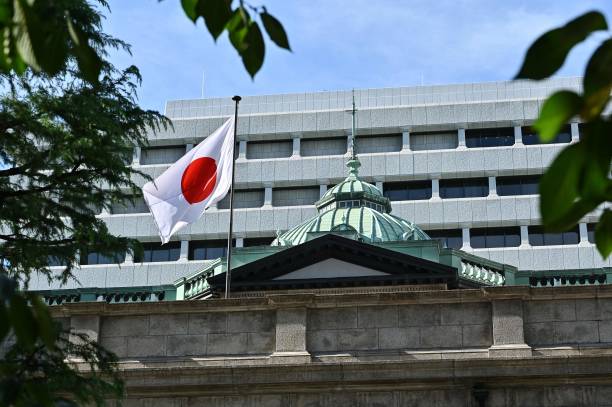GRAINS-Soybeans slip on tariff woes, ample South American supply

CANBERRA, April 16 (Reuters) - Chicago soybean futures fell for a third session on Wednesday, slipping further from Monday's seven-week high amid strong supply from South America and as tariffs strangle Chinese demand for U.S. beans.
Corn and wheat futures also fell despite a renewed weakening of the U.S. dollar making U.S. exports more competitive.
The most-active soybean contract on the Chicago Board of Trade (CBOT) Sv1 was down 0.5% at $10.31 a bushel at 0518 GMT after moving as high as $10.49-1/2 on Monday.
CBOT July corn Cv1 fell 0.3% to $4.88 a bushel and July wheat Wv1 was down 0.5% at $5.53 a bushel.
The dollar index .DXY was down 0.5%, reversing some of Tuesday's gains and moving back towards three-year lows reached after U.S. President Donald Trump unleashed his tariff policies. USD/ MKTS/GLOB
China, by far the biggest buyer of U.S. soybeans and a smaller buyer of U.S. corn and wheat, has imposed counter-tariffs on the United States that effectively prohibit crop imports.
"The U.S. will have to make a deal with China or it will end up having to store a lot of unsold soybeans," said Ole Houe, director of advisory services at IKON Commodities in Sydney.
A big soybean surplus would fill U.S. storage facilities and leave little space during harvest later this year for other crops like corn, which would have to be sold more quickly, likely at lower prices, Houe said.
Meanwhile, the U.S. national soybean crush in March fell below most trade estimates, the average daily processing pace declining for a third straight month, industry data showed.
Overseas, Brazil is wrapping up a massive soybean harvest, and traders think efforts by the Argentinian government to stimulate exports could result in larger soy shipments from the country.
In other crops, wheat is under pressure from weather forecasts predicting much-needed rain in the coming days in the U.S. Plains.
Argentina's 2025/26 wheat harvest is set to grow by 10.2% to 20.5 million metric tons this year, the head of economic studies at the Buenos Aires grains exchange said.
India is likely to see above-average monsoon rains for the second straight year in 2025, the government said, raising expectations of higher farm output.




